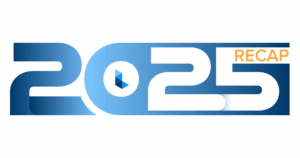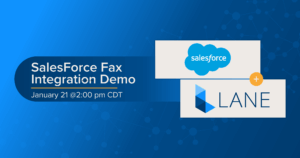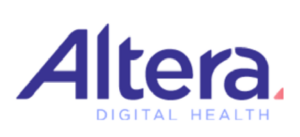In our swiftly changing, highly interconnected era, the ways businesses communicate are transforming at an unprecedented pace, especially with regard to fax. In fact, research shows that the global online fax market reached a worth of USD 4.18 billion in 2024 and is estimated to hit USD 12.52 billion by 2031 (Verified Market Research).
Despite the dominance of email, messaging apps, and video conferencing, it’s clear that digital faxing methods still hold ground in the way we send and receive documents. For companies looking to transition to a more modernized and secure method of business communication, understanding how digital faxing works is crucial to success.
What is Digital Faxing?
Digital faxing represents a modern advancement from traditional fax machines, enabling users to send and receive documents digitally without the need for hardware components or dedicated phone lines.
Embracing a digital fax approach is pivotal for streamlining operations and cutting costs, especially for offices aiming to become a paperless environment. Beyond mere convenience, digital faxing advances data security while seamlessly integrating itself into everyday communication workflows. Here are some different ways digital faxing manifests in the business communication world:
Email to Fax
Faxing via email allows businesses to send documents directly from their email clients, such as Outlook, Gmail, or corporate email platforms. Users simply compose an email, attach the document to be faxed, and send it to an address like “name@laneds.com,” provided the recipient has an account with the fax provider. This process simplifies faxing by integrating it into standard email workflows, enhancing efficiency and accessibility.
Mobile Application
Sending a fax via an internet-enabled mobile device is both simple and efficient. By downloading the fax service provider’s application on Android or iPhone, users can quickly input the recipient’s fax number, name, and a subject line. Once the document is attached, a single tap on the “send” button transmits the fax securely.
Via Web Interface
Internet faxing services allow users to send faxes directly from their desktop or laptop through a browser, eliminating the need to install any software. Simply sign up with a fax provider, launch the web interface, and log into your account to upload and send documents seamlessly. This approach ensures quick and accessible faxing from any internet-enabled device.
How Digital Faxing Works
Sending a digital fax is a step-by-step process. Here’s how it typically unfolds:
1. Prepare Your Document
First, the document requiring faxing is prepared as a digital file. Users can achieve this by either scanning a physical document or generating a digital file from the ground up.
2. Convert to a TIFF File
Convert the document to the TIFF (Tagged Image File Format), which is the standard for fax transmissions.
3. Encode the File
The system will encode the TIFF file into a suitable data type for transmission — typically using a digital protocol such as T.38.
4. Transmit the Document
The encoded data is sent via the internet or a dedicated fax network to the recipient’s digital fax server. This can be done one of two ways: using VoIP (Voice over Internet Protocol) or dedicated Fax over IP (FoIP) solutions for more secure and reliable transmission.
5. Document Receipt
Upon receipt, the data is decoded, and the system routes the document to the recipient’s digital inbox, where it can be viewed and downloaded.
Security Measures in Digital Faxing
Security is a key concern in any communications framework, including secure faxing. Modern digital fax solutions are designed with robust security measures to safeguard sensitive information.
Encryption Methods for Secure Transmission
Data in transit during a digital fax transmission is typically encrypted using standard methods like HTTPS/SSL/TLS to ensure unauthorized parties cannot intercept it.
Authentication Protocols to Prevent Unauthorized Access
Digital fax systems often integrate user authentication methods, such as PINs, passwords, and two-factor authentication (2FA), to prevent unauthorized access.
Compliance with Industry Standards and Regulations
Digital faxing solutions are engineered to meet industry-specific compliance standards, ensuring the secure transmission of sensitive data while meeting regulatory requirements.
The Advantages of Digital Faxing
Digital faxing offers a range of benefits over its traditional counterpart, including:
- Cost-Effectiveness: Businesses can eliminate many of the costs associated with traditional faxing, such as paper, toner, hardware, and dedicated phone lines.
- Convenience and Accessibility: Documents can be sent or received from anywhere with an internet connection, making it highly convenient for users in remote work environments.
- Integration with Digital Workflows: Digital faxes can be easily integrated into a company’s digital workflow, allowing for seamless document management and archiving.
- Improved Document Management: Digital faxes are received as files, making it easier to organize, store and retrieve important documents.
- Enhanced Security: Digital faxing solutions offer advanced security measures, ensuring sensitive information is protected from unauthorized access.
Discover How Lane’s Digital Faxing Solutions Can Elevate Your Communications
The shift to digital faxing marks a major evolution in business communication. It provides better security, cost savings, and convenience, fitting smoothly into modern workflows and keeping businesses competitive. Using digital faxing, like the solutions from Lane, helps streamline operations, protect sensitive information, and comply with industry standards.
To learn more about how digital faxing can elevate your business communication, contact Lane today.





